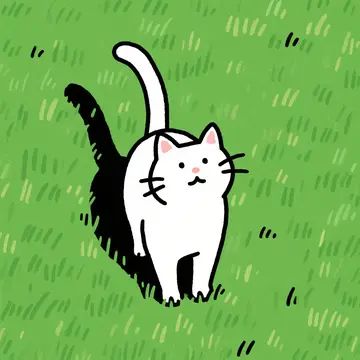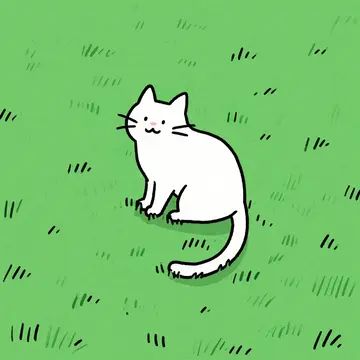Ever wondered how to turn rough sketches into polished digital art in seconds? AI drawing filters are revolutionizing the creative process by blending machine learning algorithms with artistic intuition. These tools analyze input sketches and apply complex transformations—from enhancing line precision to generating photorealistic textures—making them indispensable for designers, hobbyists, and content creators. Let's explore how to harness their power.

How AI Sketch Filters Work: The Tech Behind the Magic
AI drawing filters primarily rely on two core technologies: Generative Adversarial Networks (GANs) and Diffusion Models. GANs use a dual-system where one network generates images while another critiques them, iterating until the output matches realistic standards. Diffusion models, popularized by tools like DALL·E 2, gradually refine random noise into coherent images through a "denoising" process. For example, uploading a basic face sketch activates these algorithms to predict anatomical proportions, add shading, and even suggest stylistic details like retro grain or watercolor washes.
Step-by-Step Guide to Using AI Sketch Converters
1. Choose Your Tool: Platforms like Midjourney and insMind offer specialized sketch-to-image filters. Free tiers are ideal for beginners, while paid options like Jasper Art provide higher resolution.
2. Optimize Inputs: Use clear line drawings with minimal clutter. AI tools like DeepFaceDrawing excel with simple sketches but struggle with overly abstract inputs. For best results, add text prompts like "pencil sketch with watercolor highlights" to guide the AI.
3. Refine Outputs: After generating, use in-platform editors to adjust colors or textures. Many tools allow localized edits—for example, redrawing eyes without altering the entire image.
Frequently Asked Questions
Can AI Filters Mimic Specific Art Styles?
Yes! By training on datasets of famous artworks, AI can replicate styles like Van Gogh's brushstrokes or Ukiyo-e block prints. Specify styles in prompts (e.g., "cyberpunk neon lighting") or use reference images for hybrid outputs.
Why Your Sketches Aren't Converting Well

Common issues include low-resolution inputs or vague prompts. For photorealistic results, use terms like "ultra-detailed" or "8K resolution". Avoid overloading prompts—focus on 3-5 key elements.
Ready to experiment? Start with free tools like Playground AI or insMind's sketch filter, and remember: AI is a collaborator, not a replacement. The best results come from blending your creativity with algorithmic precision.
See More Content about AI IMAGE
